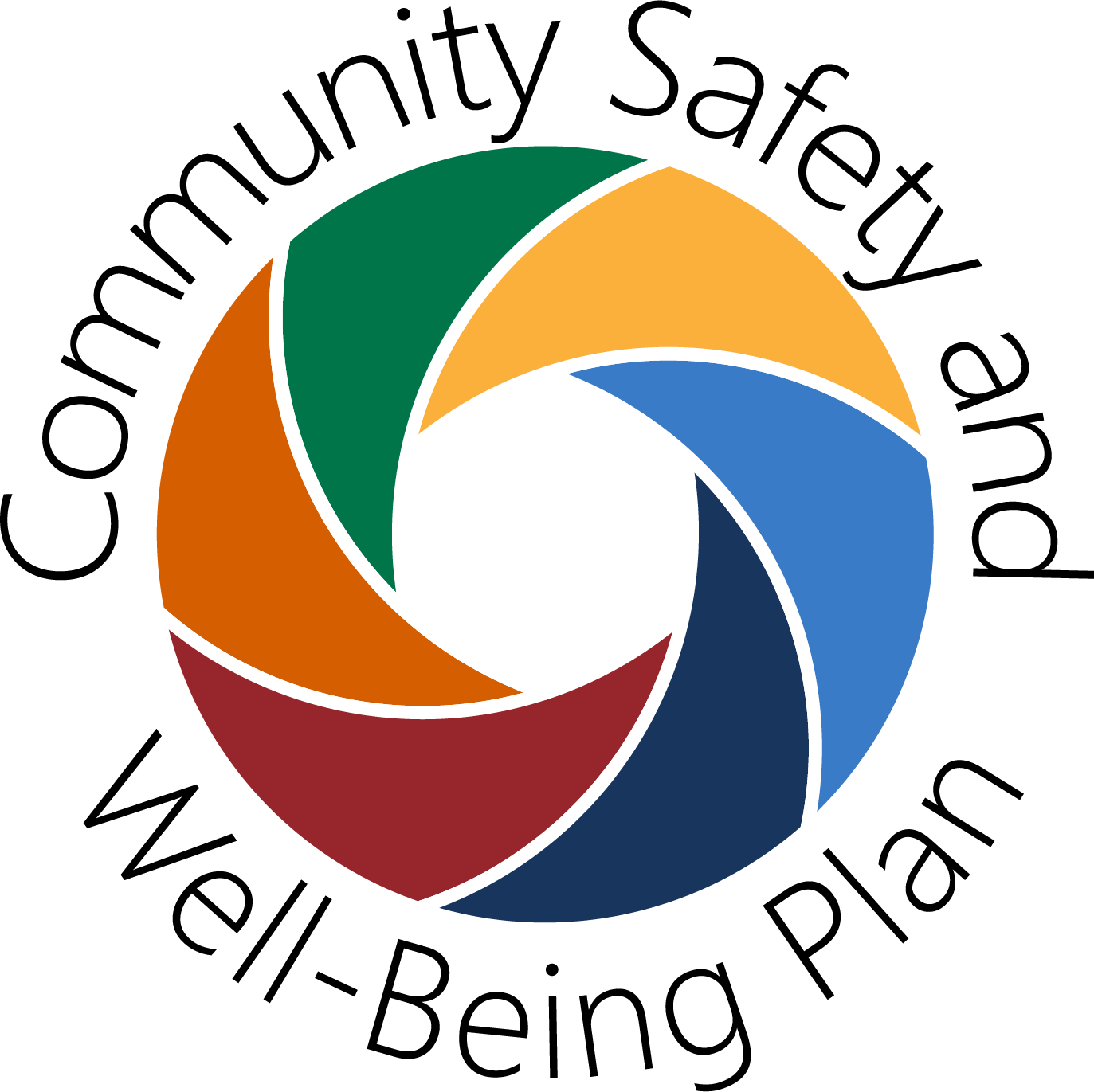
Creating the Roadmap
Provincial Context
An amendment to the Police Services Act, 1990 legislated that all Ontario municipalities develop and adopt community safety and well-being plans by July 1, 2021. The Ministry of the Solicitor General provided a planning framework that included 4 levels of intervention.
Advisory Committee
The development of the CSWB plan was led by a multi-stakeholder advisory committee. This committee included representation from the following sectors:
Children’s Services
Community Planning and Research
Education
Healthcare
Municipal government
Police Services
Social Services
The CSWB Advisory Committee provided guidance and subject matter expertise throughout the planning and development process.
The implementation of the CSWB Plan is now the responsibility of the Community Safety and Well-being Partnership Council (CSWBPC).
Stakeholder Consultations
Purpose
To explore community strengths, assets, protective factors, partnerships, risks, gaps in services and supports
To hear from multiple voices and diverse perspectives
To gather new ideas for enhancing community safety and well-being and reducing risks
Methods
-
55 open- and closed-ended questions
1078 responses
-
Conducted via video or teleconference calls with public and representatives from broad range of services and sectors
91 participants
-
Included people with experience of various services and supports
28 participants
Findings
We heard…
That for all residents to feel safe and physically, mentally, and spiritually healthy, their basic needs must be met.
That safety and well-being means residents feel they belong, they are welcome, they are respected, and they are connected to others in the community.
There are vulnerable individuals and families in our communities who need additional help to enhance the quality of their lives.
There are many excellent social, health and recreational programs and services available to residents in and across the six partner municipalities.
That not all residents are able to access the services and supports they need, when they need them, and where they need them.


